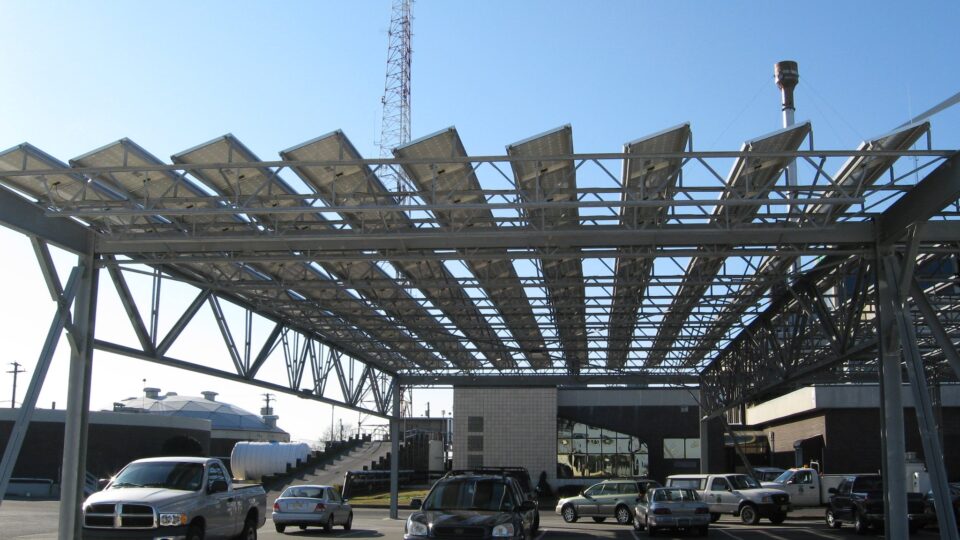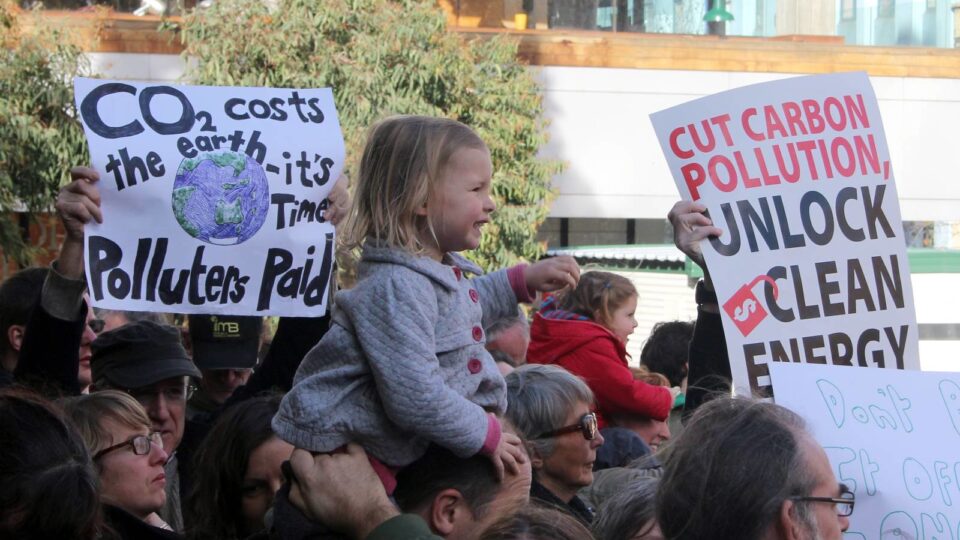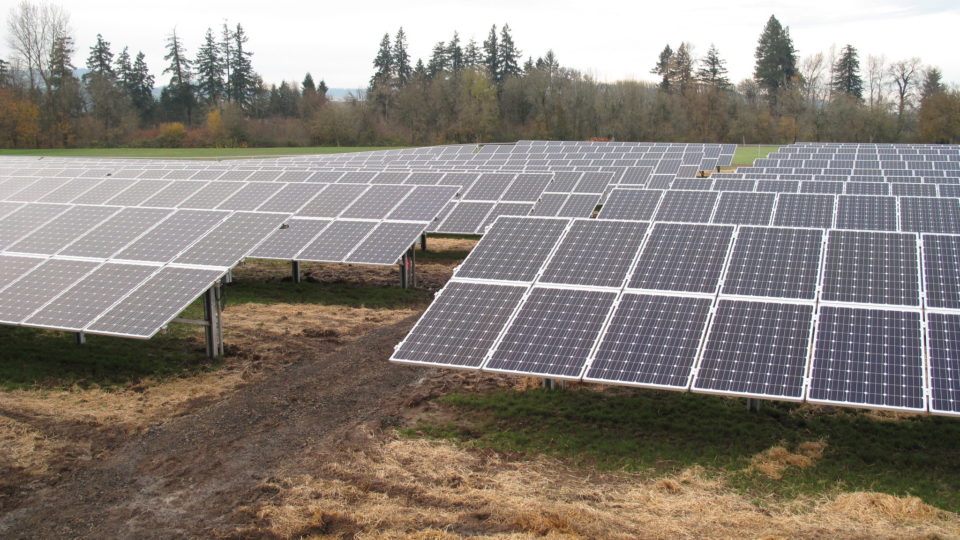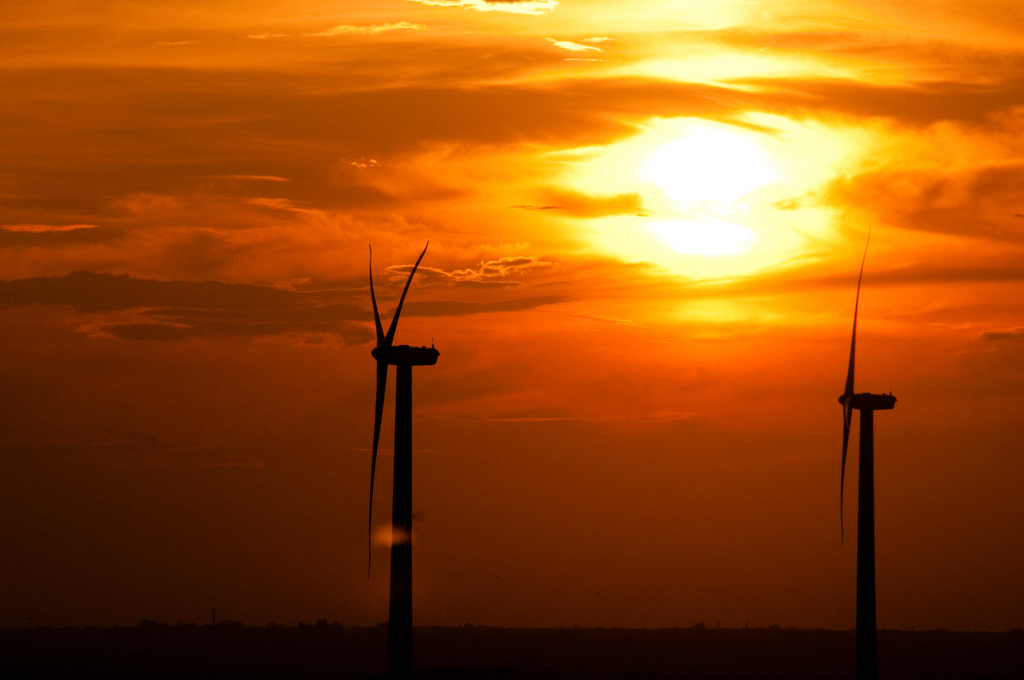The aviation industry wants to slash its greenhouse gas emissions. One proposed strategy is to replace ordinary jet fuel with ethanol. Ethanol in this country mostly comes from corn. The airlines are enthusiastic about the idea; corn farmers are enthusiastic about the idea. Ethanol suppliers are obviously enthusiastic about it. But is it a good idea?
Today, nearly 40% of America’s corn crop is turned into ethanol. Twenty years ago, the figure was around 10%. The massive growth was the result of mandates for ethanol augmentation of gasoline for environmental reasons.
But the environmental benefits of corn ethanol have always been controversial at best when all the energy factors are considered. But apart from that, a very serious issue is that corn is a water-intensive crop, and it can take hundreds of gallons of water to produce a single gallon of ethanol. As the climate warms and corn crops expand, groundwater in many corn-growing areas is being increasingly depleted and groundwater provides half our drinking water and meets far more than just the needs of corn farmers.
Corn farmers and ethanol producers see the rapid growth of electric vehicles as a threat to their lucrative business of supplying the auto fuel industry. The ambitious goals of the airline industry to reduce its emissions would likely require nearly doubling ethanol production.
The situation is a powerful example of the tradeoffs that can arise as the world tries to make the transition away from fossil fuel. Even green solutions can have their own environmental cost and sometimes that cost may be too steep.
**********
Web Links
Airlines Race Toward a Future of Powering Their Jets With Corn
Photo, posted September 2, 2007, courtesy of Rosana Prada via Flickr.
Earth Wise is a production of WAMC Northeast Public Radio







